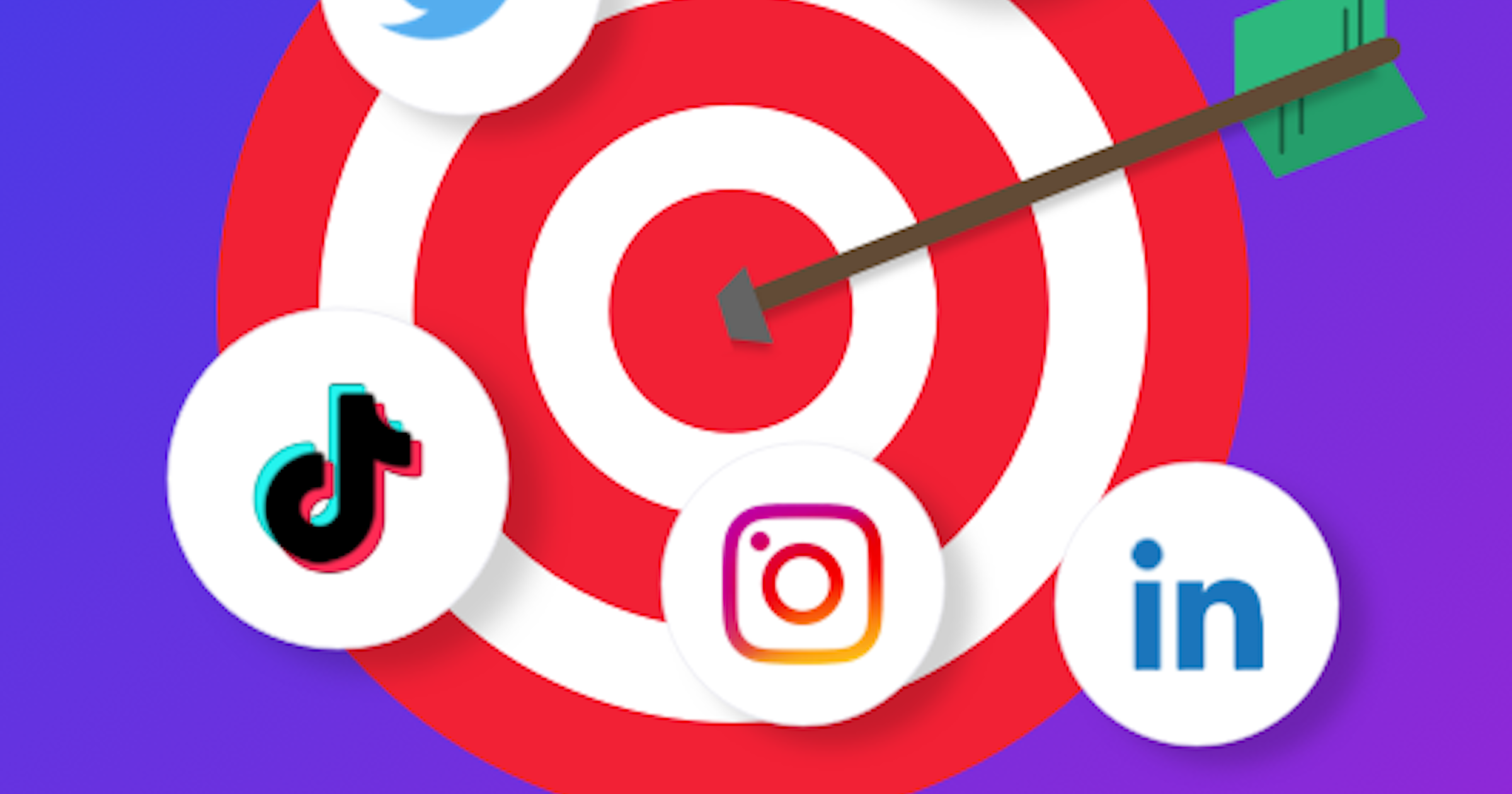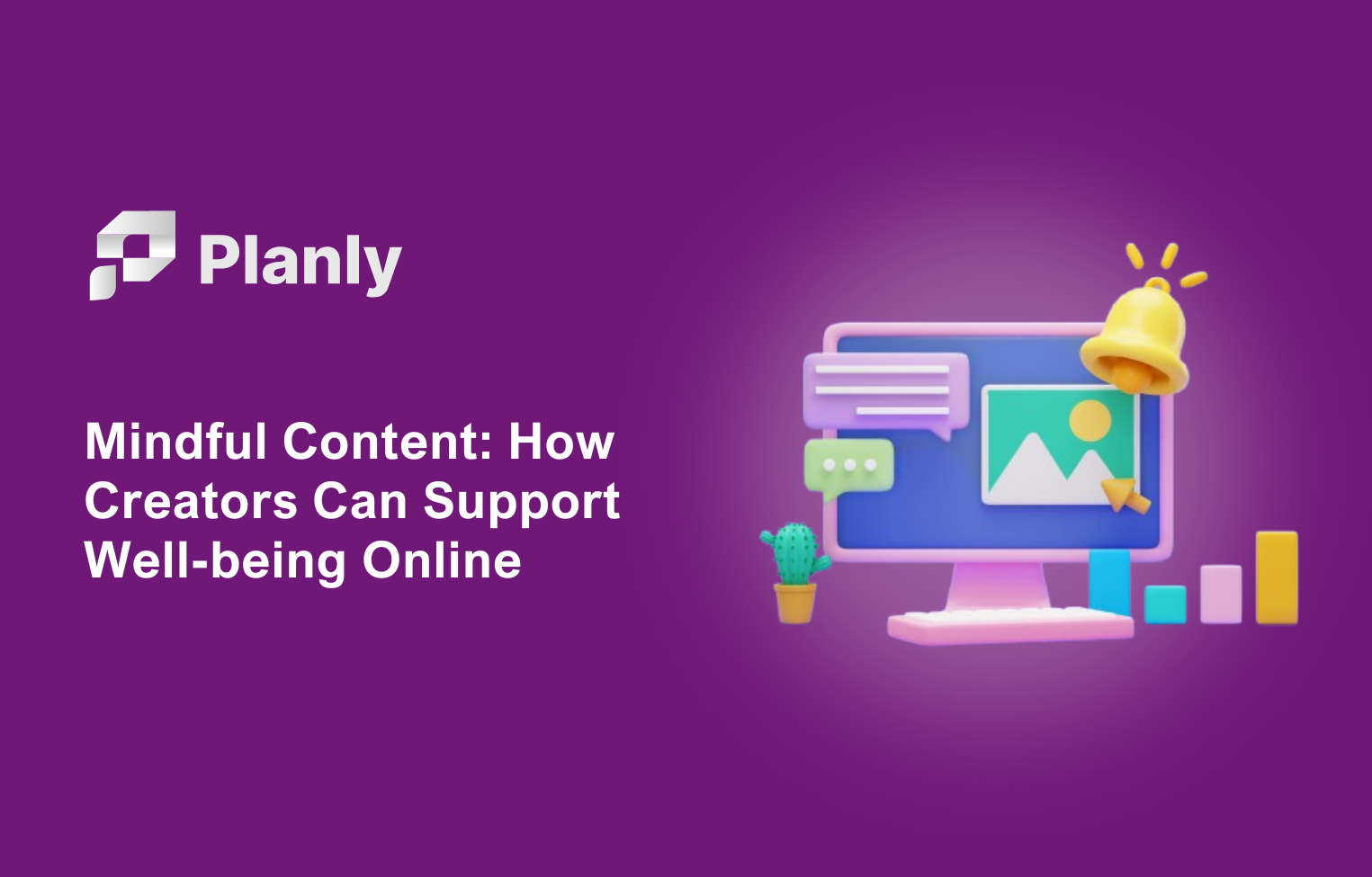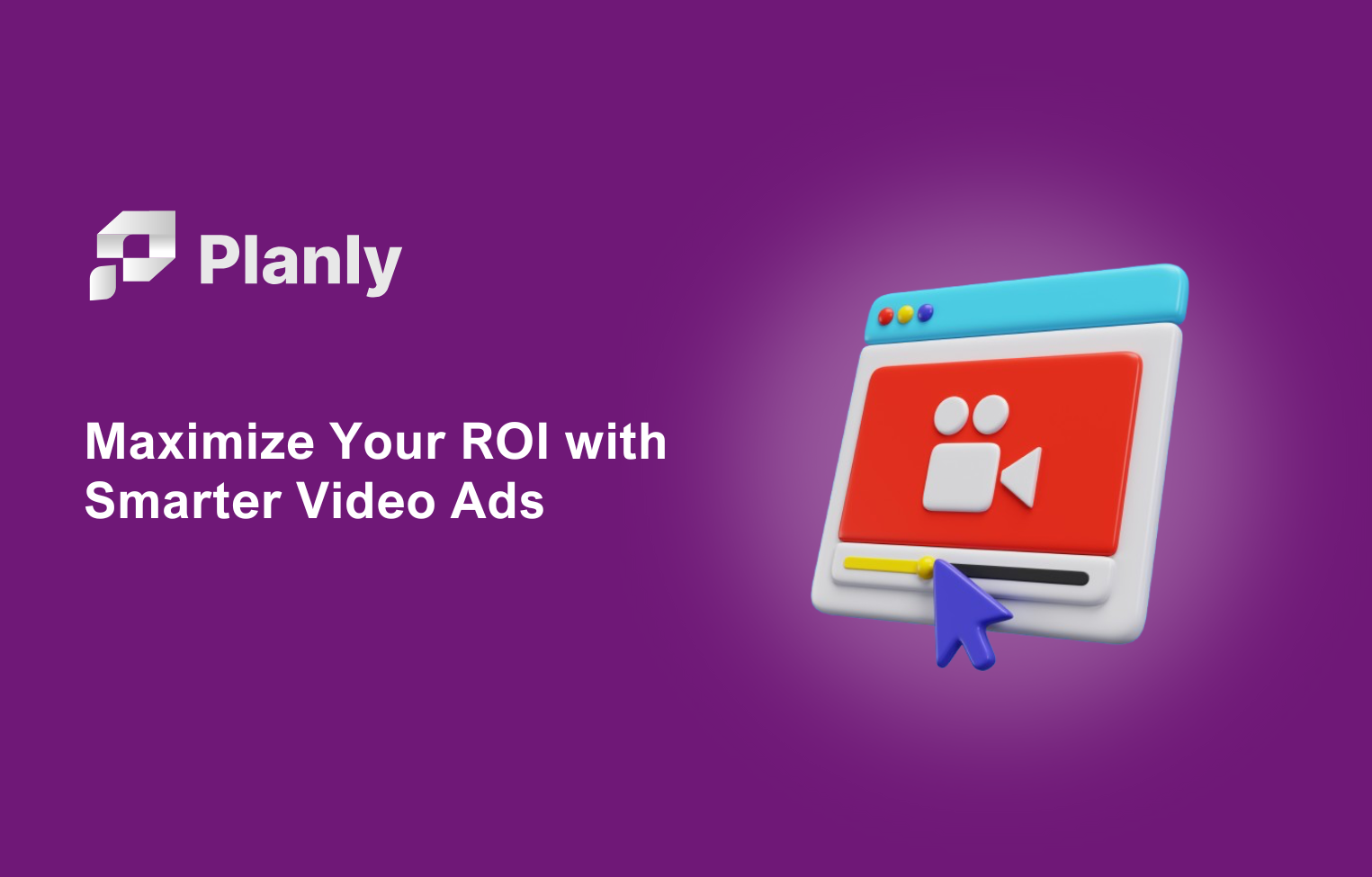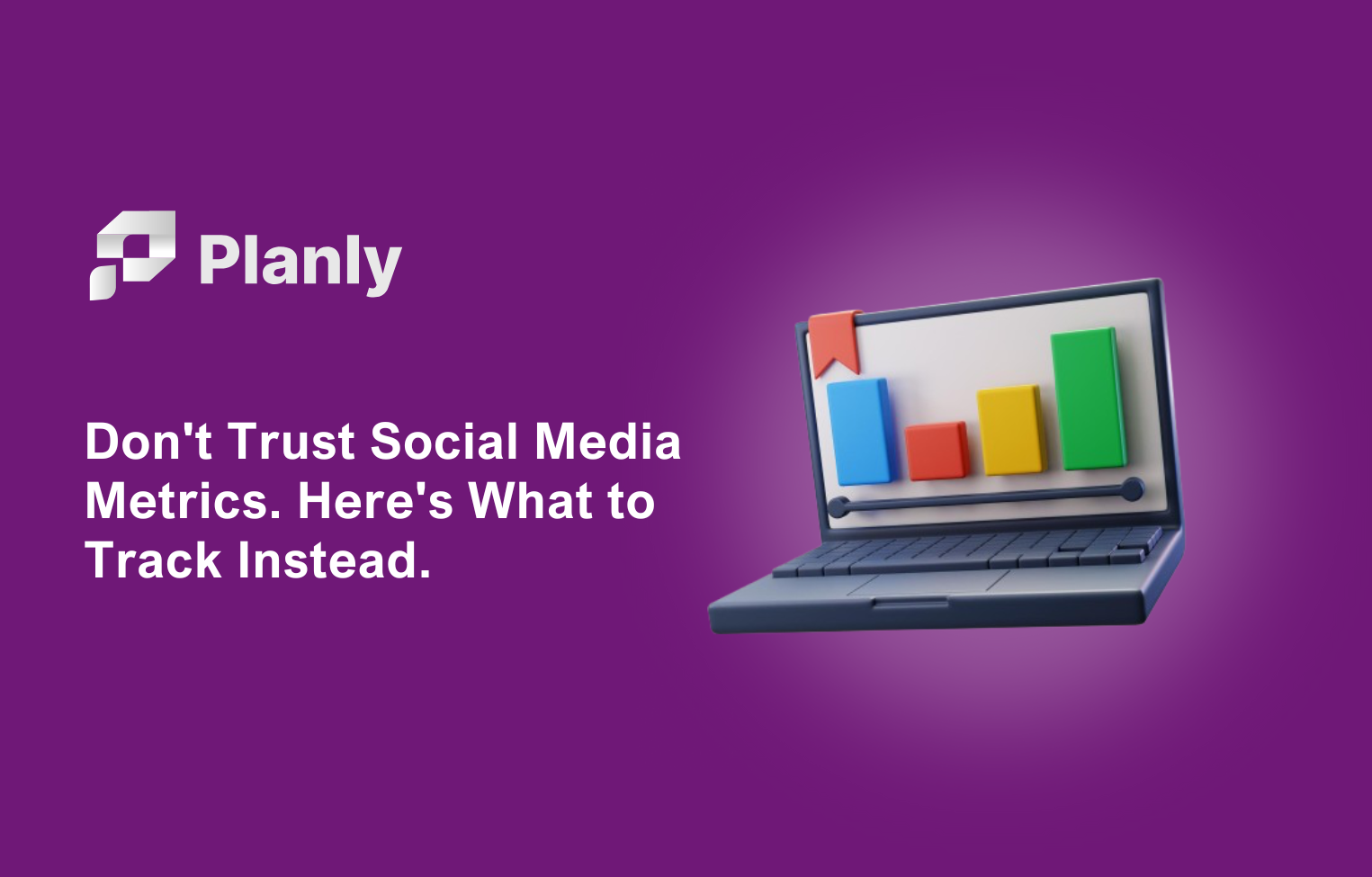Ever felt overwhelmed by the barrage of advice on managing social media? You’re not alone. In the vast sea of digital marketing, establishing a solid social media presence seems daunting, if not utterly confusing. How do you sift through the noise to find strategies that genuinely work? How do you know which tools are essential, and which are just nice to have?
With over 5 billion people using social platforms, the potential for business growth is enormous, but only if it's managed correctly. How do you navigate the complexities of algorithms and content demands to find effective strategies?
We've been there—juggling engagement, content, and analytics while aiming to enhance ROI. As experts who have mastered these challenges, we're here to simplify your social media journey with clear, actionable strategies. Why struggle alone when you can leverage proven techniques? Let's dive into the essentials and set you up for success in social media management.
What even is social media management?

Social media management is the process of strategically managing your online interactions and content across media channels like Facebook, Instagram, Twitter, and LinkedIn.
It involves everything from drafting and scheduling posts to engaging with followers and analyzing data to enhance and refine your marketing strategies. It's more about aligning your social media marketing to achieve measurable results rather than posting content.
Who is a Social Media Manager?
A social media manager is responsible for overseeing all aspects of a company’s interactions on different platforms. Their duties include:
- Strategy Formulation: Creating a strategy that aligns with the brand’s goals.
- Content Creation and Curation: Producing relevant content that engages the target audience.
- Engagement: Interacting with the audience to build community and foster relationships.
- Analytics and Reporting: Measuring the success of social media campaigns and reporting these results.
- Crisis Management: Handling negative feedback and online crises professionally.
- Trend Monitoring: Keeping up-to-date with the latest trends and technologies to stay relevant and competitive.
What are the key skills of a social media manager?
A proficient social media manager has to have creativity and analytical abilities. One does not go without the other. The main key skills that a social manager needs to have are communication, analytical thinking, creativity and organization.
Why is Social Media Management Important?
Social media management is crucial because it helps brands connect with their customers, increase awareness about their products and services, and boost leads and sales. Effective social media branding plays a key role in this process, as it ensures that your brand's identity is consistently and positively represented across all platforms.
With more than 5 billion people using social media worldwide, understanding how to effectively manage these platforms can significantly impact your business’s success and growth.
Developing a social media strategy

Like everything, social media management starts with a strategy. A robust strategy is crucial to make sure your efforts are successful and aligned with your business goals. Here's a simple breakdown of how to develop a solid strategy:
- Set SMART Goals
- Identify Your Target Audience
- Choose the Right Platforms
- Decide on Platform-specific Strategies
How Do You Set SMART Goals for Social Media?
Setting Specific, Measurable, Achievable, Relevant, and Time-bound (SMART) goals is the first step in any social media strategy. For example, rather than aiming to simply "increase engagement," a SMART goal would be to "increase the engagement rate by 20% within the next three months on Instagram." These goals help provide direction and metrics for success.

How Can You Identify Your Target Audience?
Simply know who you are trying to reach. Start by analyzing the demographics, interests, and behaviors of your current social media followers.
Tools like audience insights on platforms like Facebook or analytics features on other platforms can provide valuable data about your audience's age, location, and other relevant attributes.
Why is Choosing the Right Platforms Important?
Not all social media platforms will be right for your business. Your target audience’s presence and preferences should dictate your platform choices. For instance, if your target audience includes professionals and business users, LinkedIn might be more suitable than TikTok. Similarly, if you are an ecommerce brand, visual products might perform better on Instagram or Pinterest.
Why do You Need Platform-specific Strategies?
Each social media platform has its unique features and audience behaviors. For example:
- Instagram is great for high-quality visuals and stories.
- Twitter excels in real-time communication and hashtags for broader reach.
- LinkedIn is ideal for B2B relationships and industry content.
Developing strategies that leverage the specific characteristics and strengths of each platform will increase your chances of engaging your audience effectively.
How to Create Content for Social Media?
Social media requires adaptability and dedication. Not everything is worth sharing, and those that are require careful planning and selective elimination. If you are a new starter, remember that you will fail more than you will succeed. And as your capabilities and success grows, so will your expectations.
Let’s start by asking the most important question.
What Types of Content Should You Create for Social Media?
The type of content you create should cater to the preferences of your target audience and the strengths of the platforms you're using. So TikTok content and X (formerly Twitter) content shouldn’t be the same.
Generally, there are 4 main types of social media post types there are:
- Posts: Short, engaging texts suitable for most platforms.
- Videos: Including live videos, explainer videos, and behind-the-scenes clips, especially effective on platforms like YouTube, Instagram, and TikTok.
- Stories: Temporary content for platforms like Instagram and Snapchat, ideal for timely promotions or quick updates.
- Images and Infographics: Useful for visually-driven platforms like Pinterest and Instagram.
Generally, videos perform better on Instagram and TikTok (duh) and good for reach, while stories are better for general engagement.
But that doesn’t mean you should ignore regular posts. As in the case of YouTube community, it is a means of communication and forms a bridge between you and the customer.
How Do You Plan and Schedule Content?
Consistency is key to success in social media, so using a social media content calendar is a no brainer for planning and scheduling. This ensures a strategic and organized approach to posting, which can boost engagement and maintain brand consistency.This tool helps you organize when and where to publish your content, ensuring a consistent presence across your platforms.

Social media content calendars allows you to:
- Prepare content in advance for holidays and special events.
- Maintain a balanced mix of different content types.
- Ensure regular posting to keep your audience engaged.
What Tools Can Aid in Content Creation and Curation?
Best way to curate content is
engaging with the main industry for a while and letting the algorithm associate you with the type of content you are targeting. Besides that, you can try AI social content creator, or content distribution platforms like Dribble, Behance and even Pinterest.
How Do You Ensure Your Content is Engaging and Relevant?
Engagement comes from relevance and timeliness. Regularly check your social media analytics to see what types of content perform best. Experiment with different formats and monitor trends in your industry to keep your content fresh and engaging. Additionally, interacting with followers through comments and shares can provide insights into what content resonates the most.
Engagement and Community Management
Social media does not end with just researching, creating and posting content. Quite the contrary, you need to be active in community to get engagement and attention from people. Engaging with your audience and managing your community effectively are crucial components of successful social media management.
How Do You Increase Engagement on Your Social Media Platforms?
Increasing engagement starts with understanding what sparks interest among your followers. To learn what truly resonates with your users, follow these guidelines:
- Regular Interaction: Respond promptly to comments, messages, and posts. Your responsiveness encourages more engagement.
- User-Generated Content: Encourage followers to share their own stories or photos related to your brand, which you can feature on your page.
- Engaging Content Formats: Use polls, quizzes, and questions to invite audience participation directly through your posts.
The most important thing is DMs (direct messages) that land in your inbox. You can use a tool to aggravate them all, or have an in-house personnel to answer the messages.
How Do You Build a Community Around Your Brand?
Even if you just want to sell a product, and especially if you want to sell a product, you need a community. A community will try your new products, support your efforts and market your product without a direct cost.
While this is great, you still need to invest in building that community and forming trust with them. Here’s how you can cultivate this sense of community:
- Regular Events: Host live sessions, webinars, or Q&A sessions to interact directly with your audience.
- Exclusive Groups: Create special interest groups or forums on platforms like Facebook where your customers can engage with each other and your brand in a more intimate setting.
- Recognition: Regularly recognize and reward active community members to encourage continued engagement and loyalty.
Monitoring and Analytics
Effective use of monitoring and analytics is crucial for optimizing your social media strategy and demonstrating ROI. Analytics should be the last and first step of your social media. It helps you determine where you are, and where you have ended up, marking a clear trend of growth.
What Key Performance Metrics Should You Track?
Not all metrics are created equal. Tracking the right metrics is essential for understanding the impact of your social media activities. Here are the main metrics and how they impact your social media:
- Reach and Impressions: Measures how many people have seen your posts, helping you gauge brand awareness.
- Engagement Rate: Includes likes, comments, shares, and saves, indicating how actively involved your audience is with your content.
- Click-through Rates (CTR): Shows how often people who view your content go on to click a link or call-to-action, useful for assessing content effectiveness.
- Conversion Rates: Tracks how many interactions lead to desired actions like sales, sign-ups, or any other goal, critical for measuring ROI.
How to optimize social media based on performance metrics?
Optimization involves a cycle of testing, measuring, learning, and adjusting. While each situation requires a personalized approach, here are some general practices to get you started with refining your social media strategy:
- A/B Testing: Regularly test different types of content, posting times, and campaigns to see what resonates best with your audience.
- Segmentation (Cohort analysis): Analyze how different demographics interact with your content and tailor your messages to specific audience segments.
- Trend Analysis: Keep an eye on long-term trends in your data to anticipate changes in user behavior and adjust your strategy accordingly.
Social media advertising
Social media and organic growth is exceptional. It is very powerful and can shoot you to the skies in a short amount of time. But let’s be real. Not everyone can go viral and organic growth takes a lot of time.
It is important to not forget that social media platforms mainly operate based on an advertising model and it is in their best interest to get you to spend money.
The fact that Facebook’s organic reach is below 5% clearly shows this.
So, you can’t ignore social media advertising. And it can be helpful in promoting your business and seeing a clear ROAS and ROI.
Overview of Advertising on Different Platforms
Each social media platform you choose for advertising can offer different benefits depending on your target audience and goals.
Facebook and Instagram is Ideal for reaching a broad demographic with advanced targeting options based on interests, behaviors, and demographics.
X (formerly Twitter) is great for promoting events and boosting the impact of event-driven campaigns.
LinkedIn is best for targeting professionals and acquiring B2B business attention. It can also give the best results once you use a web crawler to automate the process of finding and connecting with potential leads and customers, making your outreach efforts more efficient and effective.
Last but not least, TikTok and Snapchat are great for reaching a younger audience with creative, engaging video content.
How Do You Create Effective Ads?
A great ad does two things. It captures attention and drives action. Make sure to remember these 3 principles when creating your social media ads:
- Compelling Visuals and Copy: Use high-quality images or videos and concise, persuasive text to grab attention quickly.
- Clear Call-to-Action (CTA): Your ad should have a clear CTA, telling the viewer exactly what you want them to do next, whether it's visiting a website, signing up, or making a purchase.
- A/B Testing: Continuously test different ad formats and content to see what works best with your audience, refining based on performance.
Collaboration with Influencers
Influencer marketing can significantly amplify your brand’s reach and credibility on social media. Nowadays people get an abundance of information and a good portion of them is unchecked and unverified. People want to get an opinion of an authoritative figure or an expert in order to get accurate information.
And influencers do mostly that. They share their personal experience and knowledge to position themselves as trustworthy and authoritative figures.

Types of Influencers and How to Collaborate
Generally, influencers are divided into 3 groups, micro-influencers, macro-influencers and celebrities.
Micro-influencers typically have followers ranging from 1,000 to 100,000 in their social media accounts. They are known for high engagement rates and niche audiences. Collaboration might include sponsored posts or featured content.
Macro-influencers Possess a larger social media follower base (100,000 to 1 million). These influencers can greatly increase brand awareness due to their wide reach.
Celebrities, with millions of followers, can provide massive exposure, though they usually require a substantial investment and are best for large-scale campaigns.
How to Choose the Right Influencers for Your Brand
Selecting the right influencer, especially for Instagram influencer marketing campaigns (as it is easiest to monetize) depends on your needs and your specific social media landscape.
But generally, here are the key factors to consider:
- Relevance: Is your business offering aligned to this influencers main content? Would you consider the core audience of this influencer to be your main customer segment? Do you think this influencer aligns with your beliefs and values as a brand?
- Engagement: Is this influencer good at moving people at scale? Do they have a strong following and heavy user activity? Does this influencer engages with their audience regularly?
- Authenticity: Is this Influencer authentic? Can you find another personality on the internet or is this influencer the only one? Have this influencer managed to form a persona in the eyes of their followers?
- Reach: Is this influencer have enough following for your business targets?
Challenges and Solutions in Social Media Management
No matter how good your social media strategy is, you are still dependent on the platform you are operating. One algorithm update or one slight outage can cause you a great deal of performance, especially if you are dependent on one platform.
Common Challenges Fated by Social Media Managers
- Keeping Up with Platform Changes: Social media platforms frequently update their algorithms and features, which can affect how content is displayed and engaged with.
- Resource Allocation: Balancing budget and personnel resources to effectively manage social media tasks while achieving desired outcomes can be difficult.
- Content Saturation: Standing out in a crowded content landscape where users are bombarded with information can be challenging.
- Measuring ROI: Demonstrating the tangible business value of social media activities, especially linking social efforts to revenue, can be complex.
Strategic Solutions and Best Practices
- Stay Updated: Regularly engage with industry news and participate in professional groups to stay informed about the latest platform updates and strategies.
- Leverage Tools: Utilize social media management tools for scheduling, monitoring, and analytics to make efficient use of time and resources.
- Create Quality Content: Focus on producing high-quality, engaging content tailored to the interests of your target audience to cut through the noise.
- Use Data-Driven Insights: Implement tracking and analytics to measure the effectiveness of your strategies and adjust based on performance data.
Best Practices for Overcoming Challenges
- Proactive Planning: Develop a flexible content calendar and crisis management plan to anticipate and quickly react to potential challenges.
- Community Engagement: Foster a strong community by actively engaging with users, soliciting feedback, and encouraging user-generated content to increase loyalty and retention.
- Training and Development: Invest in training for social media teams to ensure they are skilled in the latest digital marketing techniques and tools.
- Collaboration Across Departments: Work closely with other departments (like sales, customer service, and PR) to create a unified brand message and leverage diverse insights.
Social media is the future
As we've explored throughout this guide, each aspect of social media management—from understanding the roles and responsibilities of a social media manager to tackling common challenges—plays a crucial role in crafting a compelling digital presence.
Take these insights, apply them diligently, and watch as your social media channels transform into powerful tools that drive engagement, enhance brand loyalty, and contribute to your business goals. Social media management is an ongoing journey of learning and growth—embrace it, and let it propel your brand to new heights.









